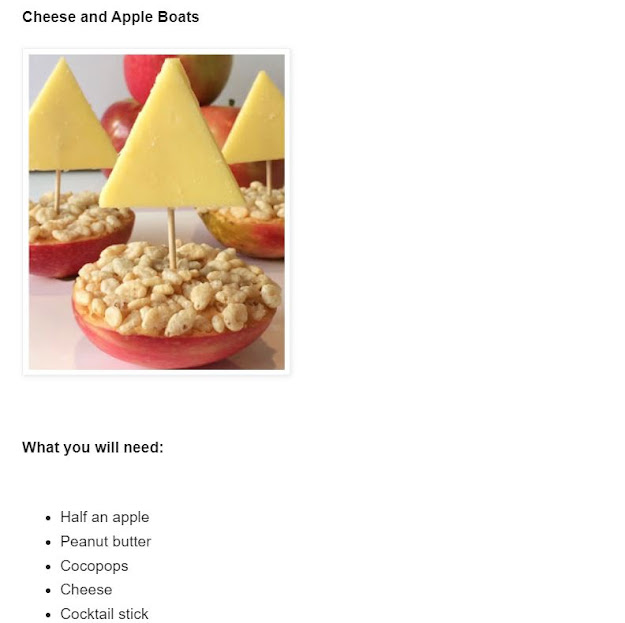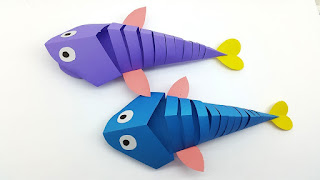Welcome to Wednesday everybody - I hope you are all well. Here is today's Sports Day Activity. Thank you to those who have already let us know your scores from yesterday.

Miss Sharman has asked me also to encourage you all to fill in an Active Lives Survey that she has been sent. In order to do this, click on the following links - the Year 1 survey is designed to be completed by the
parent whereas the Year 2 one is designed to be answered by the
child:
Year 1 link -
https://ipsos.uk/WAZFE
Year 2 link -
https://ipsos.uk/PKZUI
The surveys will be active up until
Friday - thank you very much for your help in this!
English - Grace Darling
Hopefully by now we have a better understanding of the story of Grace Darling and her involvement in the heroic rescue of the people from the "Forfarshire". Using the video from last time, we can sequence the story of that night using our story sequencing sheets we have used before.
Here is the link to her story again:
https://www.bbc.co.uk/programmes/p015gmjd
And here are the sequencing sheets (choose if you wish to use pictures or sentences):


If I were to sequence the events, I might choose this order (feel free to disagree however!):
1. One night there was a terrible storm.
2. The paddle steamer "Forfarshire" crashed on the rocks and split in two!
3. Grace saw the ship wrecked upon the rocks.
4. Grace and her father rowed out to the wreck in their small rowing boat.
5. William pulled survivors into the boat while Grace kept the boat steady, away from the rocks.
6. Grace rowed the 9 survivors safely back to shore.
These pictures might help:

(Order 2, 1, 6, 5, 4, 3 - there is a copy on the web page - sorry it was not there from Sunday but I only made it today!)
It is worth spending a bit of thinking time as well as to Grace Darling's legacy. Sadly, Grace died only 4 years after her heroic rescue, at the age of 26, of tuberculosis. But she is still remembered today, especially by the RNLI who have a museum to her and state that "Grace exhibited the same values as our crews do today."
https://rnli.org/find-my-nearest/museums/grace-darling-in-10-objects

(It is worth noting that the website that the Grace Darling video is from also has some excellent other real life stories that you might want to explore in future weeks with your child - I strongly recommend the Rosa Parks one).
Maths - Division as the Inverse of Multiplication
Before we get into the above concept, it is worth noting that this is not an idea I would present to Year 1's usually so unless your child is particularly mathematically inclined,
Year 1's please try out our game below:

A hundred square might help in this.
Find the number first, then go down to +10 or up to -10.
Have a go!

Now,
Year 2's, we have talked about the inverse before when covering addition and subtraction - it just means the opposite:
6 + 4 = 10 so 10 - 4 = 6.
We looked at them as triangles - well, we can do the same for division and multiplication:

So in the above example we know that:
6 x 2 = 12 and the inverse (other way)
12 ÷ 2 = 6
Of course if we go the other way:
2 x 6 = 12 and the inverse
12 ÷ 6 = 2
Just like before, note how the
largest number always
starts a divide calculation and
ends a multiplication calculation.
Have a go at this first one, even if you only find 1 multiplication and 1 divide calculation for each:

If the number is missing at the top of the triangle use your knowledge of arrays from last week to help solve the multiplication.
If the number is missing at the bottom think: "How many times do I need to count in 5's to get to 40?"
If you want a
super black belt super hard challenge try this one:

This idea can help us when the practical sharing approach to solving division is not very efficient. Take this example from the above sheet:
40 ÷ 5 = ?
It is not very practical to get 40 objects and share as this could lead to little errors. Let's use the inverse:
40 ÷ 5 = ? so;
? x 5 = 40.
How many times do I need to count in 5's until I get to 40?
These ideas are right at the top end of the things we cover in Year 2, so don't be worried if it seems tricky. Well done for just still being here!
Take care & much love,
KS1 Team



















































